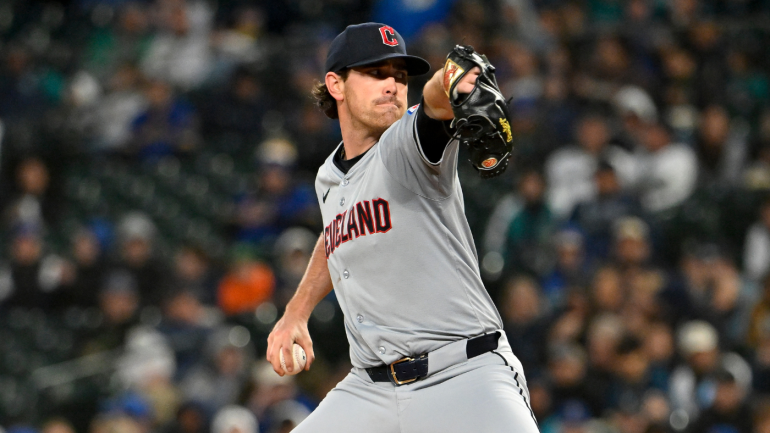
Throughout the season the CBS Sports MLB experts will bring you a weekly Batting Around roundtable breaking down pretty much anything. The latest news, a historical question, thoughts about the future of baseball, all sorts of stuff. Last week we picked between MLB's Florida franchises. This week we're going to tackle the pitching injury epidemic.
Are there any steps MLB should take to confront pitching injuries?
R.J. Anderson: It depends on what you think is the root cause behind these injuries. If it's the pitch clock, they can adjust that. If it's the max-effort style of pitching, that's more difficult to legislate. I suppose what you can do is limit the amount of pitchers allowed on an active roster. That may force pitchers (and teams) to alter their approach. Now, the catch is that you're probably going to have some grim times until those adjustments are made. But I don't know that there's a quick fix here, not when the incentives all point toward the current approach. My guess is that it's a combination of factors and that makes it even more difficult to curb from the league's point of view.
Dayn Perry: I don't have a lot of good answers to this. I would like to see stricter roster limits on the number of pitchers teams can carry on the active roster. Part of my motivation for this is to get more length out of starters and return them to their status as "main character of a given game." However, this also would perhaps give teams incentive to develop/seek out those capable of bulk relief detail as opposed to maxed-out velocity for shorter stints. Ultimately, though, I think the de-emphasis of throwing as hard as you can at all times has to start at the lower levels, all the way down to youth baseball. Undertaking that would be difficult, hard to control, and take years to yield any results.
Matt Snyder: My short answer is I don't have the first damn clue.
I really don't think the pitch clock is the main culprit, as pitcher injuries were already on the rise for the last several decades. It's not like we have a control group to see if the clock itself caused injuries (that is: A 2023 version of Gerrit Cole with the pitch clock vs. the 2023 version of Gerrit Cole without it, so we could see if both or only the pitch clock version got hurt this spring).
I tend to believe the main issue is the pressure that is put on the arms by pitchers throwing so hard, repeatedly. They, collectively, throw harder than ever and that remains the case every single season. Some arms (such as Nolan Ryan in the past) are better built to withstand these pressures than others, but in general the human body just can't take this. How could you possibly put rules on throwing hard?
Plus, nowadays, players are rewarded for maxing out on every pitch and I just don't have any idea how that could possibly be solved with any sort of legislation -- certainly not at the big-league level or even in the minors, as the problem likely starts with the pitchers as kids.
How do you possibly disincentivize overthrowing in kids? Point them to someone like Matt Harvey's career trajectory? Harvey was a rock star for a short bit, started the All-Star Game, pitched in the World Series and made over $28 million in his career. I'm sure tons of parents living vicariously through their children would throw up the stop sign at that path, right? C'mon.
I just have no idea. I'm lost.
Mike Axisa: There's no easy answer because we don't know what the root cause is. It's not one thing, it's a combination of things, with the emphasis on velocity and spin (and thus max effort pitching) likely the biggest factor. I think any solution will have to start at the amateur level. High school and college kids train year-round now, and they come into pro ball with more wear and tear on their arms than anyone that young should have. This is a long-term concern that requires a long-term solution, not Band-Aids. The sport inherently rewards things that are bad for the arm (velocity, spin, etc.) and I just have no idea how you solve a problem when one of the primary causes lies in the sport's foundations. I don't know what MLB can do. This is something MLB and the MLBPA need to work together to address rather than be their usual adversarial selves.


















